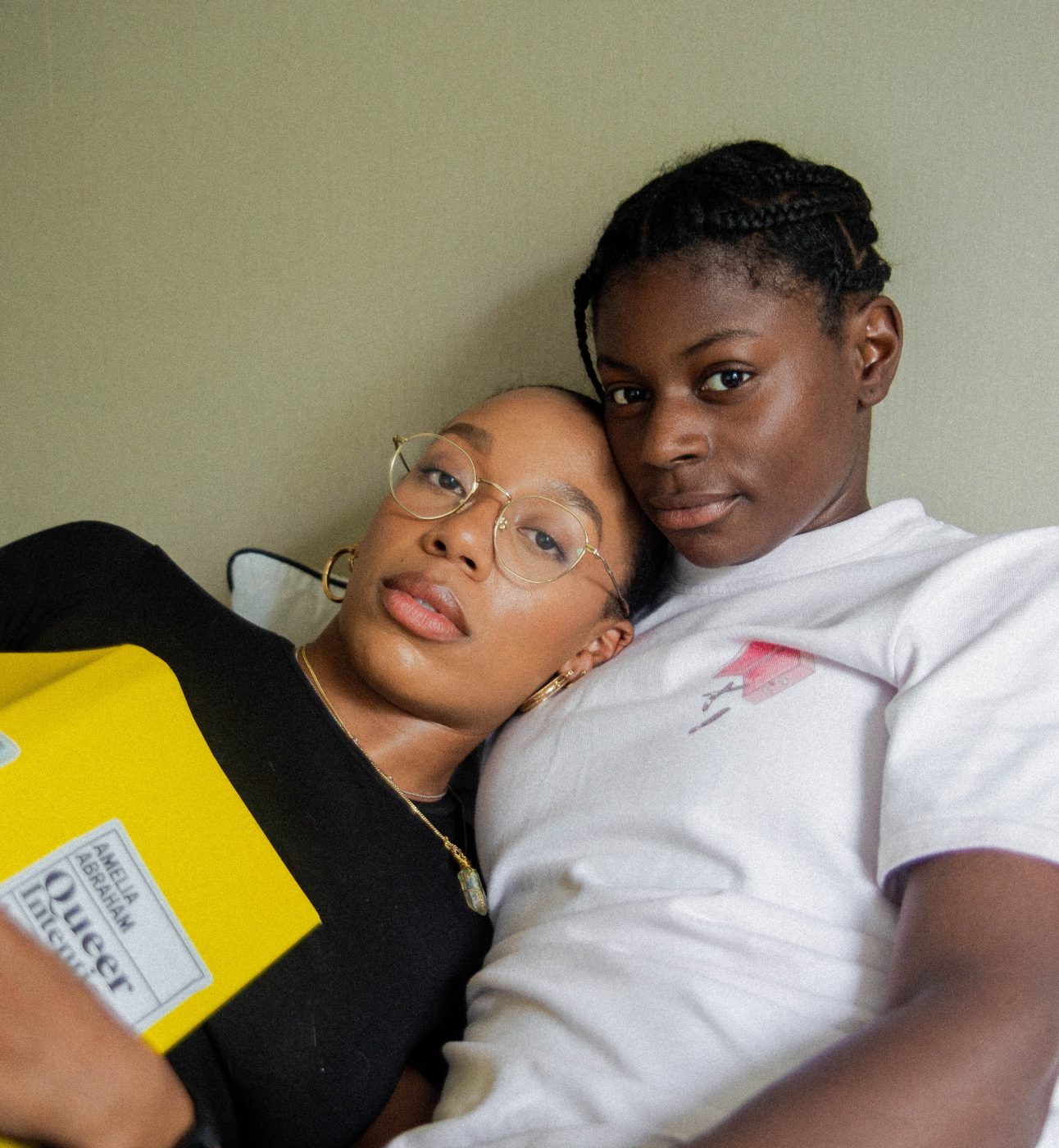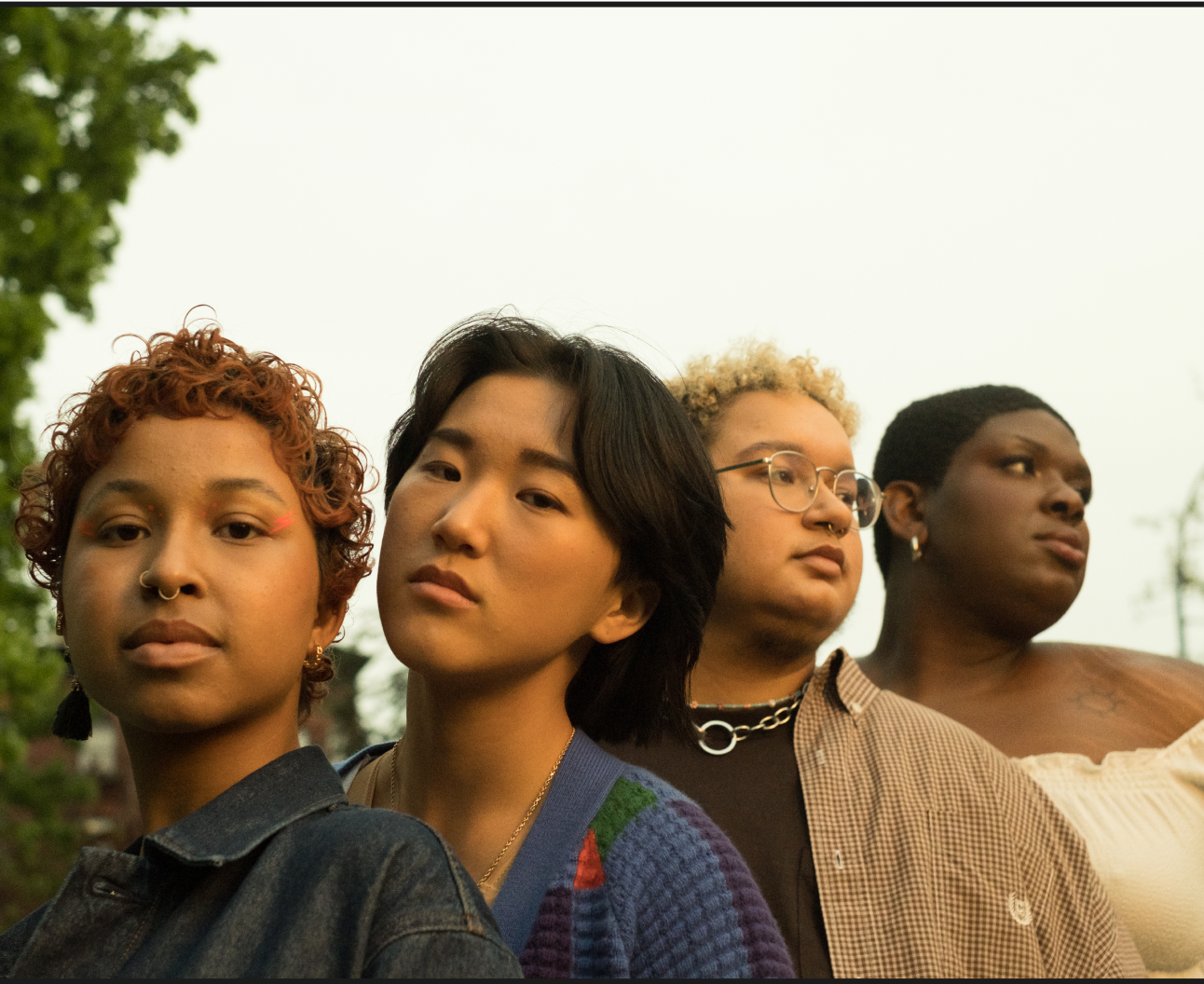
lgbtq+ experience engaging with services
How did young LGBTQ+ people who sought support from services feel?

Findings from our reports – inclusion in housing policies and communications
In 2022, we went to the housing services and asked them about their procedures. Here is what we found.
Aside from housing and homelessness, LGBTQ+ young people would like to see services that support the following:

Half of LGBTQ+ young people want to see services use more inclusive language which recognises their identity.
Almost 45 % of LGBTQ+ young people want to see services use more people who look like them in communications materials.
We carried out research in 2022 to see how local authorities and housing associations are considering LGBTQ+ people, of all ages, in their service design and delivery.
Until people feel safe to disclose, you can ask the questions in whatever way you like but it won’t necessarily make a difference. You need those service users to think that they will be included and respected no matter what.Housing Association
On inclusive services 99/100 [times] that would happen by virtue of staff awareness and sensitivity rather than a specific process for all trans people.Local Authority

How did young LGBTQ+ people who sought support from services feel?

When young people were seeking help for their housing worries, who did they turn to?

LGBTQ+ young people are more negatively impacted by homelessness than their peers.